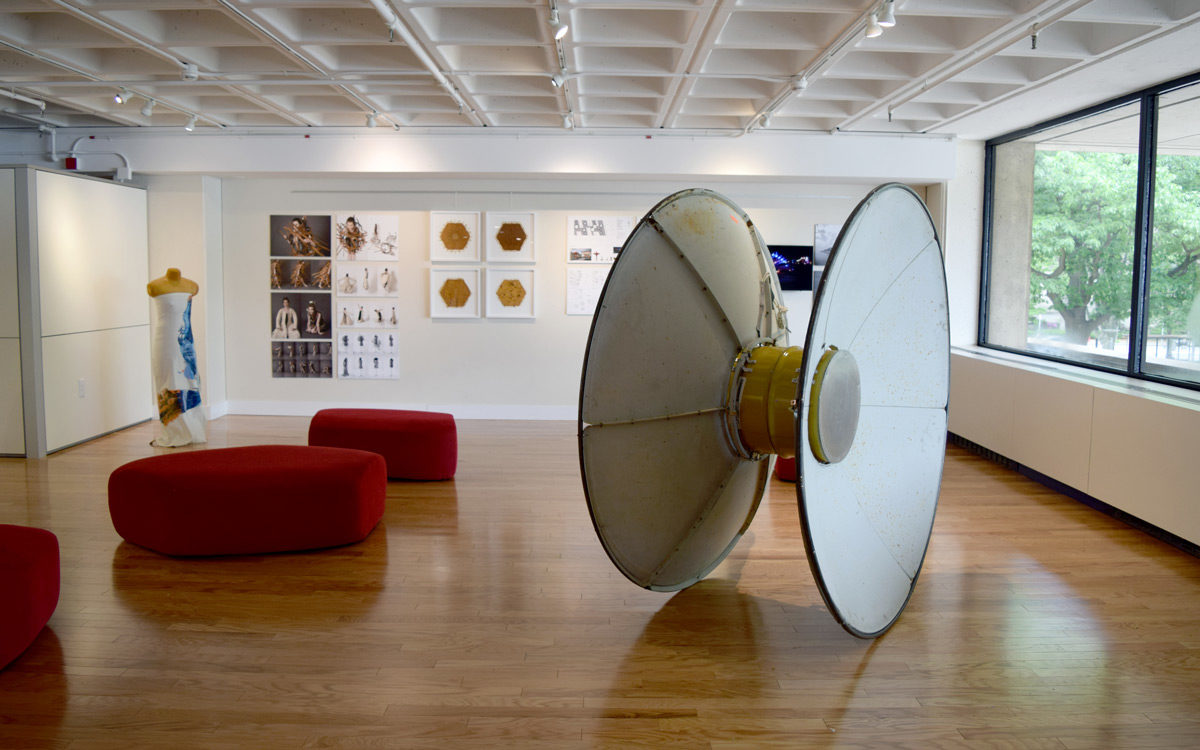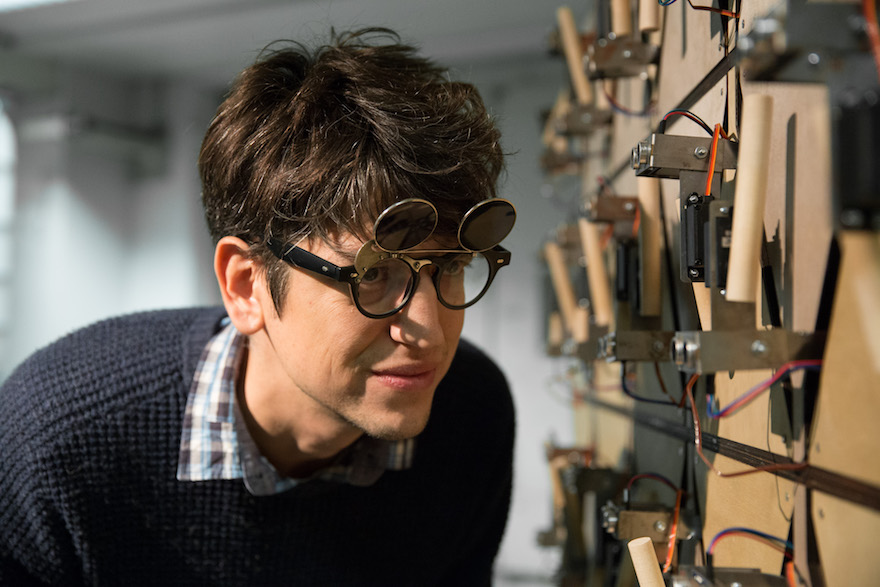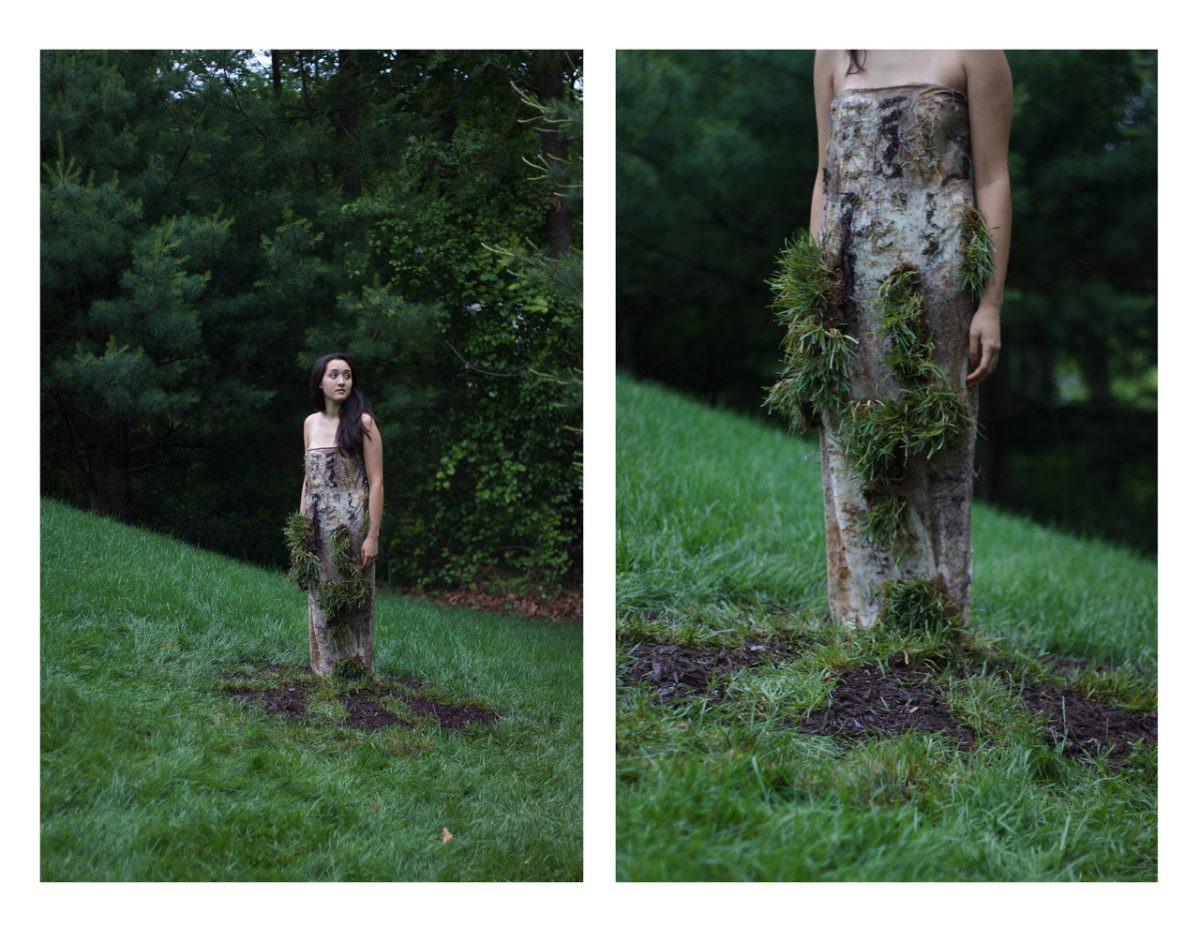The Harold and Arlene Schnitzer Prize in the Visual Arts was established in 1996 through an endowment from Harold and Arlene Schnitzer of Portland, Oregon. Schnitzer, a real estate investor, graduated from MIT in 1944 with a degree in metallurgy.
The Schnitzer Prize is presented to current MIT students, undergraduate and graduate, for excellence in a body of artistic work. Students submit an artistic portfolio for consideration, and the generous endowment awards first place $5,000, second prize $3,000, third prize $2,000, and honorable mention $1,000. Recipients also have the opportunity to display their work in a joint exhibition in the Wiesner Student Art Gallery, located on the second floor of Stratton Student Center (W20).
From setting up a drum kit to setting up a body in space to setting up the technologies that will drive our future, the arts and sciences mix and mingle in myriad ways. Nowhere are these integrations and overlaps demonstrated more artistically than by the MIT students who have been awarded the 2018 Harold and Arlene Schnitzer Prize in the Visual Arts.
Established over 20 years ago by real estate investor and MIT metallurgy graduate Harold Schnitzer, the prizes recognize and reward undergraduate students who demonstrate artistic excellence. This year’s recipients include an installation artist, a functional fashion designer, and an inventor who had his path set when he was “a very tiny human.”

Andrea Ling
First prize recipient Andrea Ling is in the second year of her Masters program in the Media Arts and Sciences program and is already well known for work in fashion and environment design that puts the human body in new and exciting forms and spaces.
“I like to work at the scale of the body,” Ling explains, “because it is fairly immediate, especially considering I enjoy making things by hand.”
As she is “particularly concerned with how the items and spaces with which we surround ourselves affect us, Ling has also found an interest in “the relationship between what is bounded and what is external.” Both her physical and artistic proclivities have been fostered and supported in the MIT community, which Ling sees as “incredibly supportive…for artists and makers.” She is particularly grateful to Art Scholars Program Director Sam Magee, who she sees as “a great resource for students.”
“The arts and humanities courses taught at MIT are really strong and focused on making all these brilliant technical students aware of the cultural implications of the technologies they are developing,” Ling says. I really appreciate that about MIT.”
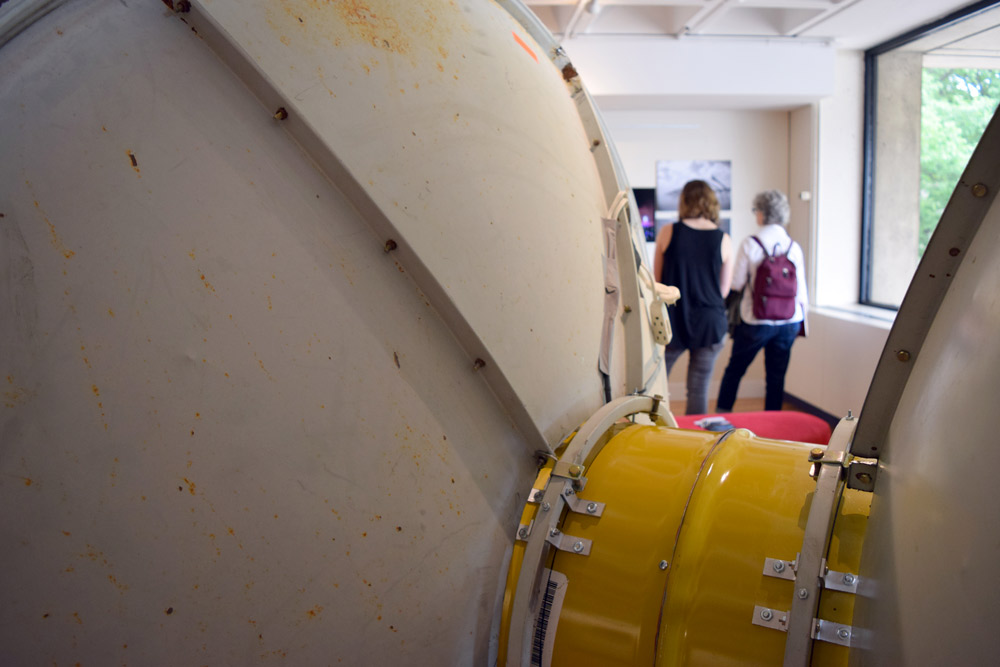
Nicolás Kisic Aguirre
Admittedly “obsessed” with inventing and playing drums since very early on, second prize recipient Nicolas Kisic Aguirre combined these passions when he built a drum kit out of found objects. Since then, he has continued to take things apart in order to find new and better ways to reassemble them.
“Almost 30 years after,” he observes, “I come to realize I’m doing essentially the same. Now, however, I’m armed with tools and knowledge that enable me to give different meaning and increased complexity to my work.”
Along the way, Kisic has also found ways to combine his love of music and meddling to develop a popular pirate music business and to avoid following his father and brother into economics “Research and investigation is enhanced by design,” Kisic asserts, expressing appreciation for the MIT Program in Art, Culture and Technology (ACT) that offers “precisely an experimental setting where both [intervention and creation] could be combined into producing an artistic, investigative approach.”
As he had studied elsewhere before coming to Cambridge, Kisic also thanks the MIT for “wish[ing] success to its community and deploy[ing] all of its resources to the support and realization of its projects….. It helped me understand what had happened over the past years, and where I could go from now on.”
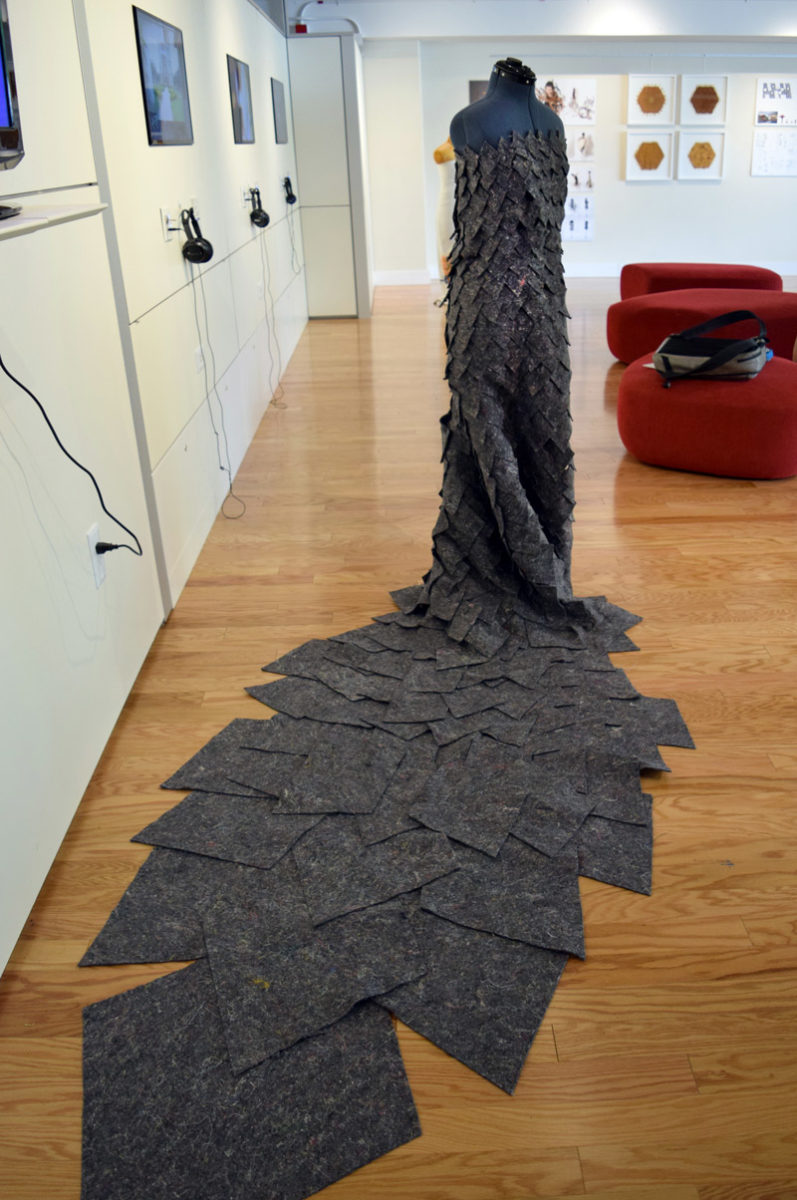
Brian Huang
Triple-major Senior (and third prize recipient) Brian Huang came to MIT knowing he wanted to code. Since then, however, his palette of passions has expanded profoundly.
“I became more fascinated with making something physical in college,” he recalls, “and that manifested itself into clothing.”
Sharing (and appreciating) Professor Neri Oxman with fellow winner Ling, Huang also counts such noted fashion designers as Dion Lee, Thom Browne and Yves Saint Laurent among his inspirations and supporters. In the Spring of 2017, Huang presented his first one-man show; one that was completely staffed and supported by the MIT community. He has since developed the Institute’s only fashion editorial publication and club, Infinite, with which he hopes to inspire others to “take the time to create something new for the world.”

Gary Zhexi Zhang
Having originally been interested in creative arts (particularly painting), Honorable Mention awardee Gary Zhexi Zhang recalls becoming “more interested in how techno-science influences who we are, how we think, [and] the ideologies and forms of knowledge we assume.”
Starting with a study of slime mold, Zhang has since explored anthropology and STS, disciplines which, he claims, “I’ve increasingly kind of aligned my own thinking with since.” He has also discovered film.
“I think there is a propagandistic appeal,” he suggests of his new media passion.
Attracted by the “uniquely interdisciplinary and research-driven” ACT program, Zhang says he is always amazed at all MIT has to offer, both scientifically and artistically.
“You get to witness some of the most egregious excesses of the military-industrial complex first-hand, “ he notes, “as well some of the most weird and creative and brilliant individuals I’ve ever met.”
Reception for the Schnitzer Prize Exhibition
Friday, June 1, 2018 from 4:00-6:00pm
Wiesner Student Art Gallery, 2nd floor of the MIT Stratton Student Center
Free and open to the public

